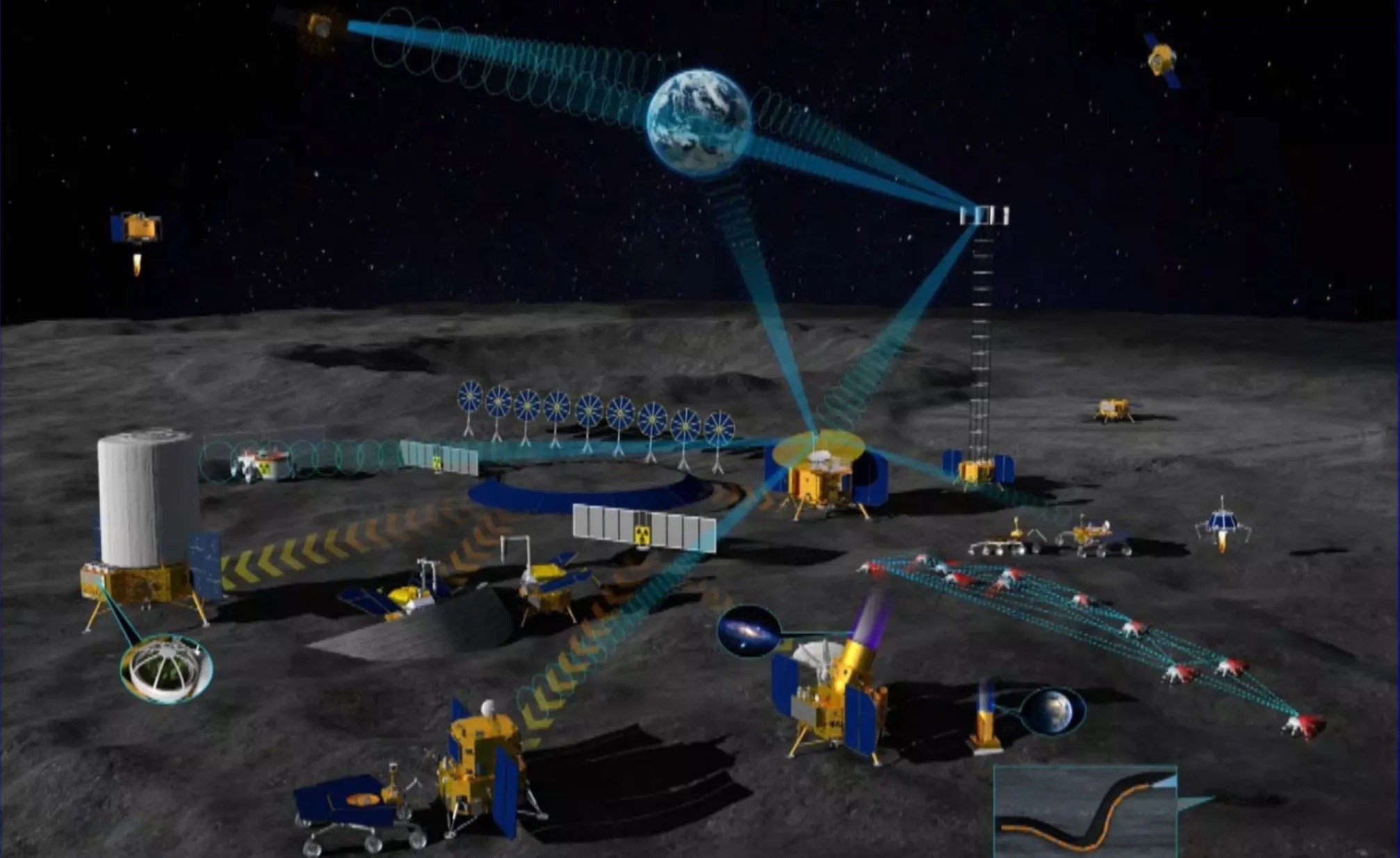
See in full size
METU was included in China’s critical moon mission
In a statement, METU, Zhejiang University and Star.vision in partnership with the Moon in 2028, the Moon is planned to land in China’s Chang-8 mission selected for the mission Micro-Co-Co-Robot Solution developed. Star.Vision, approved by the Chinese National Space Administration, has developed a jointly-backed micro-casual robot solution with Zhejiang University and Middle East Technical University as the first private Chinese initiative to participate in the Moon Discovery program. With the task of Change-8 within the scope of partnership two smart moon robots will be sent to the surface.
In the 2030s, China relies on the 8 mission to Chang as part of the plan to build the International Moon Research Station (ILRS). Change will follow up in the footsteps of the 7, 2026 Change 7 mission and will have new experiments such as on -site resource use that may involve the applicability of 3D print on the surface of the moon. The mission will serve as the basis of a monthly research station with a larger -scale robotic and crew in the next decade.
Türkiye had applied to ILRS
See in full size
ILRS is planned to be completed by 2035 and will be completely activated in 2036. The program is divided into 3 stages; Discovery, construction and use. As of the moment, the discovery phase is made. The discovery process is expected to be completed in 2028 with Chang-E 8.
This news, Our mobile application download and download,
You can read at any time (even offline):





